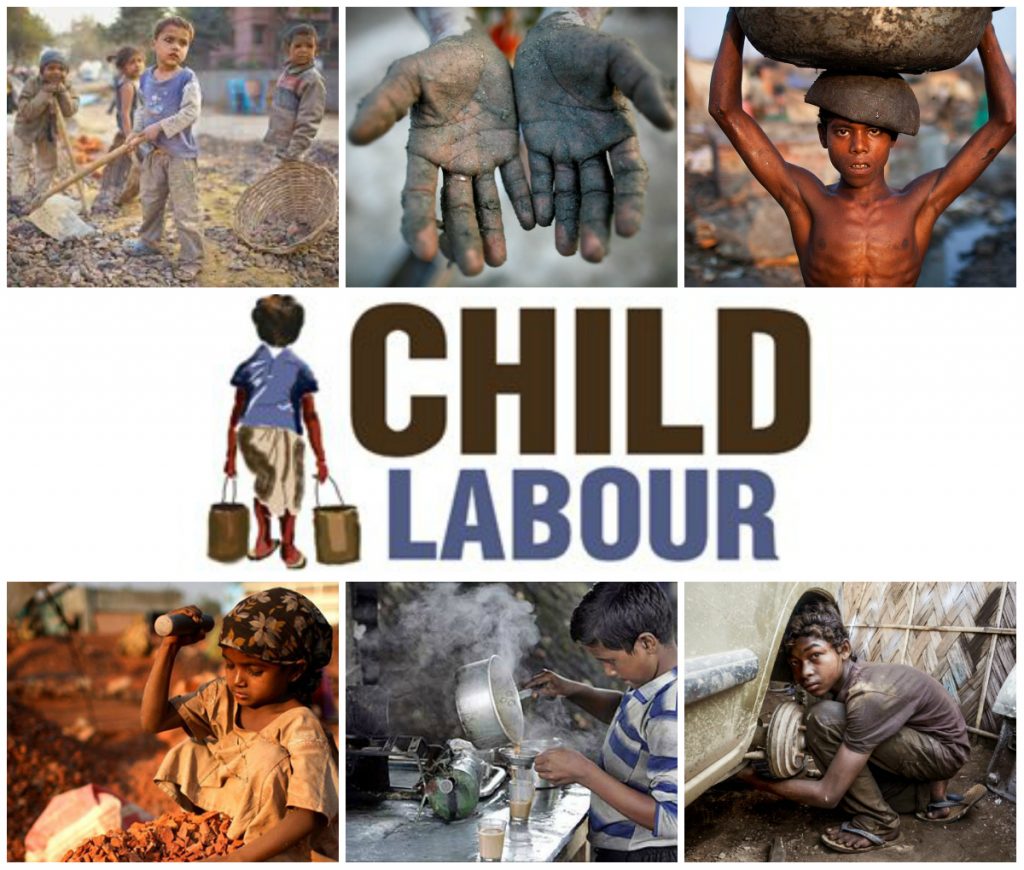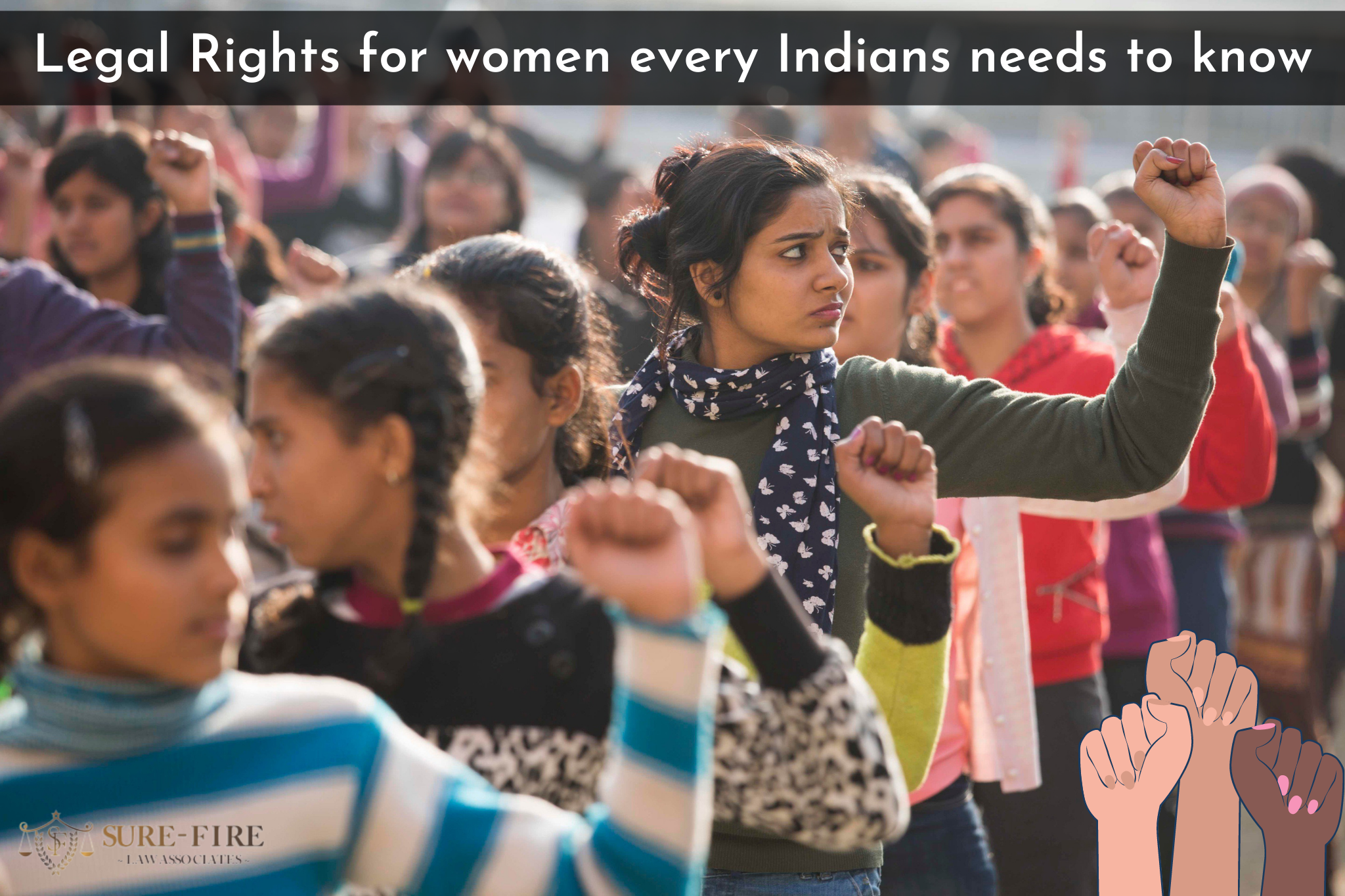This article provides detailed insights into the child labour laws and regulations to protect children’s rights and prevent child labour in India. Child labour harms a child’s physical and mental development and robs them of their youth. All children are given free schooling by the government, and numerous measures have been implemented to stop child labour in India. However, because of poverty, a lack of high-quality schools, and the expansion of the informal economy, child labour remains a problem in many areas of India. A vibrant and strong India can be built if all business owners in the nation decide to take action to end child labour and support disadvantaged children’s early education. In this page, we give a general review of the law, laws, and regulations on the prevention of child labour in India. As they say, “Knowledge will set you free.”
India’s employment age limit
Any form of child labour under the age of 14 is prohibited and punishable by law. A person who is found guilty of the same offence faces a maximum 2-year jail sentence. Some jobs that are family-related are exempt from the restriction, though. Furthermore, children between the ages of 14 and 18 are not allowed to work in dangerous professions. According to the Child Labour (Prohibition and Regulation) Amendment Bill, 2012, parents who endanger their children’s lives will also be held accountable and fined.
Causes of child labour in India
In India, the major causes of child labour are:
1. Poverty: Children are viewed as the family’s helpful hands. Controlling child labour in underdeveloped nations is nearly impossible because children not only have to feed themselves but also their family and earn a living for them. Because of the high rates of unemployment and underemployment caused by poverty, parents are forced to send their kids to work for poor pay.
2. Professional needs: Some industries require delicate and soft hands rather than rough hands that are required in bangle industries. So they prefer children and not adults for such work.
3. Bonded labour: Children frequently work long hours in the sun without access to food or water. These kids are rarely compensated. Bonded labour contributes even more to the widespread rise in child labour.
4. Domestic help: Small children often work for educated families and irrespective of several laws that violate the employment of children, they often welcome small children so that these children can take care of their homes as well as their children.
5. Child sex workers: Often, girls who attained the age of puberty are forced into prostitution in lieu of a promise that they would be given opportunities to do glamorous jobs.
Work Permission for Teenagers Under the Child Labour (Prevention and Regulation) Amendment Act
Young individuals between the ages of 14 and 18 are allowed to work in vocations that are not connected to demanding or risky tasks, as per the Child Labour (Prevention and Regulation) Amendment Act. Any organisation that employs teenagers must uphold the ensuing requirements to ensure their safety:
- Organisations should ensure that each working period must not exceed more than three hours each day
- Organisations are prohibited from employing adolescents during the night shift or from 7 PM to 8 AM
- According to the act, the maximum working time for a teenager is six hours each day, except for the waiting time
- After working for three hours, the organisation must allow the adolescent to take a break for at least an hour
- Teenagers between the age of 14 to 18 cannot work in more than one organisation simultaneously
- The organisation must allow teenagers to get a holiday at the weekends
- Adolescents are not allowed to work overtime.
Indian Teenage Employment Guidelines
All Indian sectors or organisations hiring teenagers are required to keep a tab of the below-mentioned pointers:
- Name and the date of birth of the teenager hired by the organisation
- A record of the total hours and work periods of the adolescent. It must also mention the rest period allowed for the teenager
- Employment type, or the position for which the teenager has been selected.
Along with mentioning the above information, the employer must also submit the following details to the local inspector within 30 days of employing the teenager:
- Name and current situation of the organisation
- Name of the director or owner of the organisation
- Employee’s permanent address
- The kind of service provided by the organisation.
Conclusion
Child labour is a punishable offence, and the Government of India has listed the above-listed occupations as dangerous for them. Children and adolescents are prohibited from performing these jobs as they might be hazardous. The government of India seeks to safeguard every child’s development by enacting rules and regulations and ensuring the sound advancement of society. To learn more about the Child Right Protection Act and the steps taken by the Indian government to combat child labour, get in touch with reputable legal experts at Sure Firelaw.




